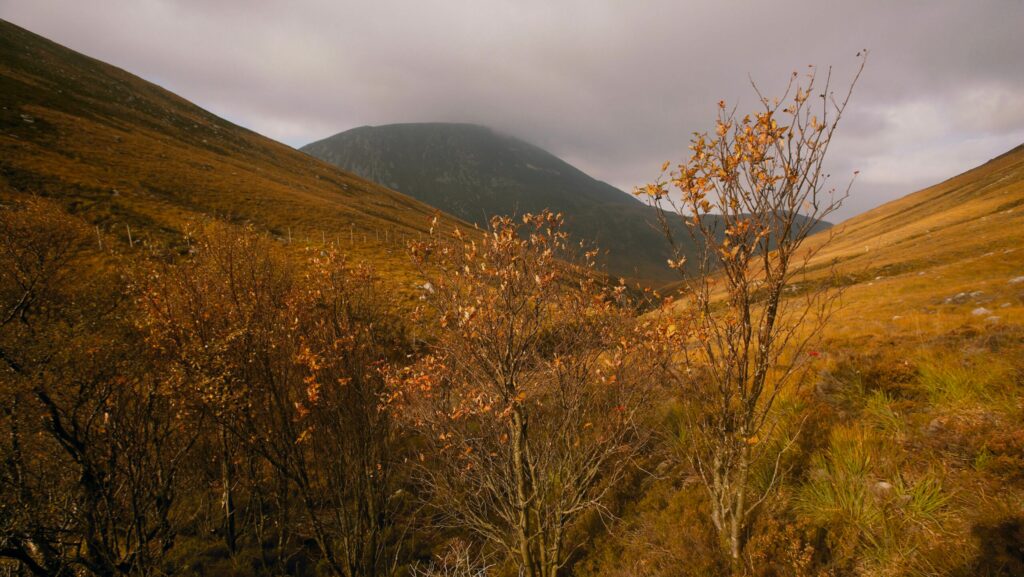5 things you didn’t know about Arran Whitebeams

When it comes to natural wonders, few things can compare to the beauty of trees. The Arran Whitebeam (Sorbus arranensis) and its close relations are some of the rarest species of tree. They are on the International Union for Conversation of Nature (IUCN) Red List of Threatened Species. We are extremely fortunate that their natural habitat is here on Dougarie Estate on the Isle of Arran.
But what makes them so special? Here are 5 things you might not know about Arran Whitebeams.
1. They were discovered in the 1800s
The Arran Whitebeam was first recorded in 1897. They are thought to have arisen as a natural hybrid between the rock whitebeam (Sorbus Rupicola) and the ubiquitous rowan (Sorbus acuparia). Subsequently two other varieties have been found (the latest of which was certified in 2006). The Arran service-tree (Sorbus pseudofennica) and the Catacol whitebeam (Sorbus pseudomeinichii) are both unique not only to Arran but to two glens on Dougarie Estate. Despite their close family links, the differences between the leaf shapes of the three Arran species are fairly pronounced. All are discernibly part-rowan, part-whitebeam, but markedly distinct from each other.
2. It’s unclear why Arran Whitebeams only exist on Arran
It is a species of tree endemic to the Isle of Arran and in particular to two neighbouring glens of Glen Catacol and Glen Doimhan. Scientists have never discovered why this “cross-species promiscuity” has taken place on Arran and not in other areas of Britain.
3. They play a crucial role in the Isle of Arran’s ecosystem
In a world of declining biodiversity, there is something compelling about the idea of an island of evolution. Arran Whitebeams are considered indicators of ancient woodland, pointing to the rich biodiversity of their surrounding habitat. Dougarie Estate has been instrumental in safeguarding their future as well as the island’s rich biodiversity. Through careful land management, we have nurtured diverse ecosystems that support a wide range of flora and fauna.
4. Conservation of Arran Whitebeams is very important
Over the years, Dougarie Estate has been working to protect and preserve this species in collaboration with Royal Botanic Gardens Edinburgh and Nature Scot. This involves efforts like seed collection and selective tree planting to enhance the population and genetic diversity of the Arran Whitebeam. All three varieties have been reproduced by Royal Botanic Garden Edinburgh scientists and can be seen in the enclosure at the foot of Glen Catacol.
5. Royal Botanic Garden Edinburgh is trying to grow them
We continue to work with one of the world’s leading scientific botanical gardens, Royal Botanic Garden Edinburgh. They are reproducing Arran Whitebeams from seed and cuttings in the hope that they may be planted back in their natural environment. Therefore, we can contribute to the safeguarding of these precious trees.
We continue to focus on biodiversity and enhancing our conservation efforts around the Arran Whitebeams and many other species which are fundamental to the ecosystem of the island. By embracing sustainable practices and collaborating with experts in their field, our hope is that the Arran Whitebeam will be able to be appreciated by future generations to come.
